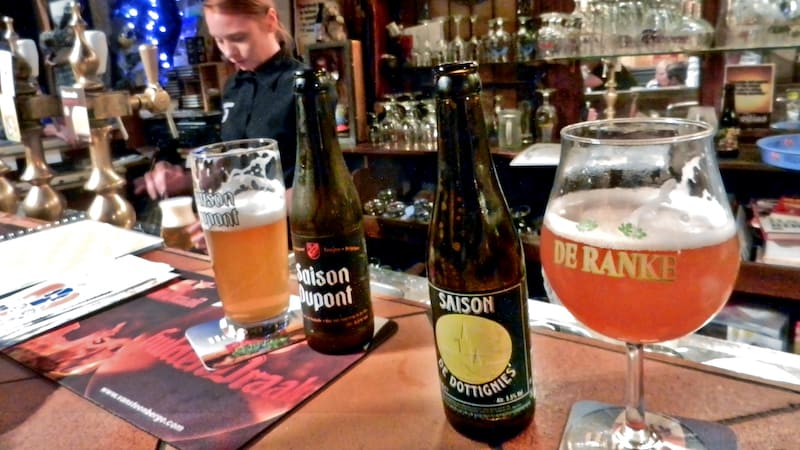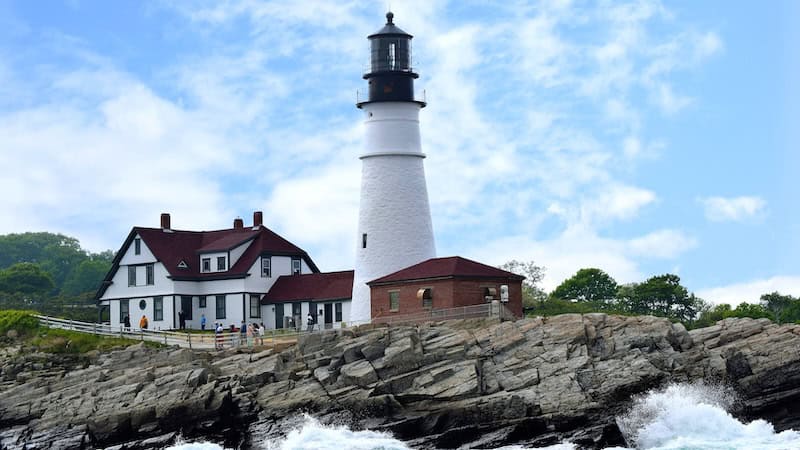Exploring Belgian Beers at ’t Brugs Beertje
Bruges brews lift a weary traveler’s spirits

Experience Belgian beer at ’t Brugs Beertje with travel writer Rick Steves, as he begins his schooling of the country’s phenomenal beers.
One night a few years back, I found my way home, a little tipsy after an evening in the Belgian town of Bruges. I’d been at my favorite bar in town, the ’t Brugs Beertje, where not only did I get schooled in the many varieties of local beer, but also learned a few things about modern-day Belgian life.
I was a bit down on Bruges after a long day of visiting every sight in town. It’s inundated with tourists, especially when a cruise ship is docked (10 miles north in Zeebrugge). It seems nothing here is “untouristy.” The growing affluence in places like Belgium, the Netherlands, and Denmark brings predictability and homogeneity, along with high prices. It took staying out late and enjoying a couple of beers to jolt me back into a positive mindset.
A good percentage of the tourists you meet in Bruges are beer pilgrims. For two consecutive nights I shared a table or bar with travelers who’d come here specifically to enjoy the fine local beer. The ’t Brugs Beertje is beloved among beer aficionados for stocking more than 300 Belgian varieties.
I grabbed a stool at the bar with an agenda: to check material on Belgian beers for my guidebook. I planned to pick the brain of Daisy, who then ran the place. But I was surrounded by beer experts, all happy to clue me in. Soon I had a chemistry lab of four different brews in front of me – each with its distinct beaker. A critical part of the beer culture here is the glass: Whether wide-mouthed, tall, or fluted, with or without a stem, tulip-shaped or straight, the glass is meant to highlight a particular beer’s qualities.
Four brews were lined up in front of me: Brugse Zot (“Bruges Fool”), one of the few beers actually brewed in Bruges, and considered one of Belgium’s best; a kriek, which is made with sour cherries; a raspberry lambic, what you’d order for friends who “don’t like beer”; and a Chimay, brewed by Trappist monks. Chimay was new to me and perhaps the smoothest and most milkshake-like brew I had ever tasted.
“But,” I asked, “where is the Westvleteren?” I knew the answer but wanted to hear it anyway: The monk-made Westvleteren 12 wins all the awards and is considered the world’s best by Belgians, but it’s very hard to come by. A membership in the brewery allows you six bottles per year. They just don’t make anywhere near enough to meet the demand.
With a Santa Claus-like twinkle in her eye, Daisy grabbed a bulbous glass labeled St. Bernardus and, as she poured, she explained: “This is the closest beer you will find to Westvleteren. One monk left the abbey with the secret, and he brews this. It’s called St. Bernardus.” Sipping it, I thought, “This would make celibacy almost livable.”
Sitting at the bar, I was surrounded by talkative Belgians. I mentioned how unpredictable the weather had been, and they explained they have “nice weather 20 times a day.” Loosened up by a few Zots, my Belgian stool mates started talking about their northern neighbors: “The Dutch have the worst beer, Heineken, but sell it all over the world. Belgians make far better beer, and it is barely exported. Those Dutch could sell a fridge to an Eskimo. The first thing the Dutch ask you is about money – how much people make and how much things cost – which is taboo here in Belgium.”
As I conversed effortlessly with a bunch of old Belgians in English, it occurred to me that the language barrier had sunk to new lows. This was really a switch. In the past, only young people were fluent enough in English to be able to clue me in on things. Consequently, I would get a young perspective. Now that English has been essentially required in European schools for decades, even retired people likely speak the language. It’s a new age of communication.
And while Belgian restaurant prices seem steep, beer lovers on a budget eat cheaply in the pubs. I’d go low end on the food – you can get hearty pub grub for $12 – and go high end on the beer, sampling the best in Europe for $6 a bottle. This allows the poor American tourist to have two great beers and a basic meal for $24.
As a beginner in Daisy’s pub, I was extremely steep on the learning curve. But – especially with a St. Bernardus to sip on – it was a fun education at an affordable price.
Enjoy more sensory pleasures in Bruges
PHOTO CAPTION, ABOVE: In Belgium, each type of beer has its own glass – whether wide, tall, or fluted – to show off its distinct qualities. CREDIT: Rick Steves’ Europe.
Rick Steves (www.ricksteves.com) writes European guidebooks, hosts travel shows on public TV and radio, and organizes European tours. This column revisits some of Rick’s favorite places over the past two decades. Read more European adventures in his book, For the Love of Europe. Other books include numerous destination-specific travel guides and Travel As a Political Act. You can email Rick at rick@ricksteves.com and follow his blog on Facebook.
Explore more of Rick Steves’ Europe in Boomer
©2023 RICK STEVES
Savor some beer travel closer to home
As an Amazon Associate, Boomer Magazine earns from qualifying purchases of linked books and other products.



